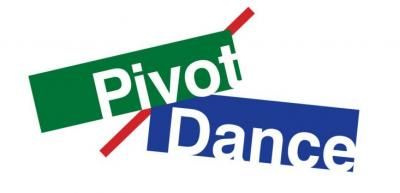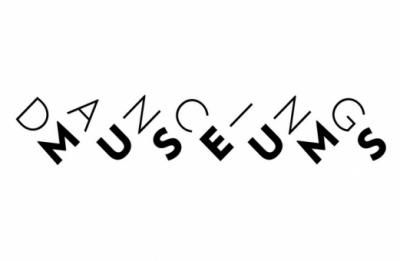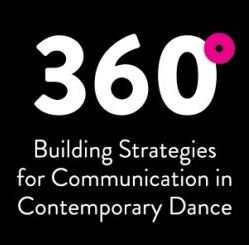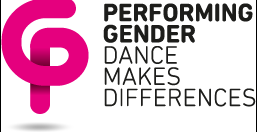Pivot Dance
Pivot Dance has been a three-year programme for choreographers, producers and audiences which stimulates and enables conversation about the creation of new dance work. It took place simultaneously in three European dance houses (The Place, Nederlandse Dansdagen and CSC di Bassano del Grappa) and made a clear proposition: in order for early career artists to develop their artistic voice and entrepreneurial instincts they need the support of a producer and an audience from the very start of the creative process. Thus, the project focused on three key areas: skills development, creation and presentation, audience engagement and communications.
At the heart of Pivot Dance has been a programme of innovative audience development initiatives. Spanning the whole project, each partner developed an ‘Audience Club’, a real and virtual community for seeing and talking about dance together. Participants of the clubs have been supported to develop a language for discussing creative work and, using these skills, they become a key support network for each choreographer and producer as they develop their new performance work.
Pivot Dance is a project funded with the support of the Creative Europe Programme of the European Union.
Video Pivot Dance Lab – The Place
Video Pivot Dance Lab 02 – CSC

This work programme has been funded with support from the European Commission. This communication reflects the views only of the author, and the Commission cannot be held responsible for any use which may be made of the information contained therein.”
- Hits: 2051





